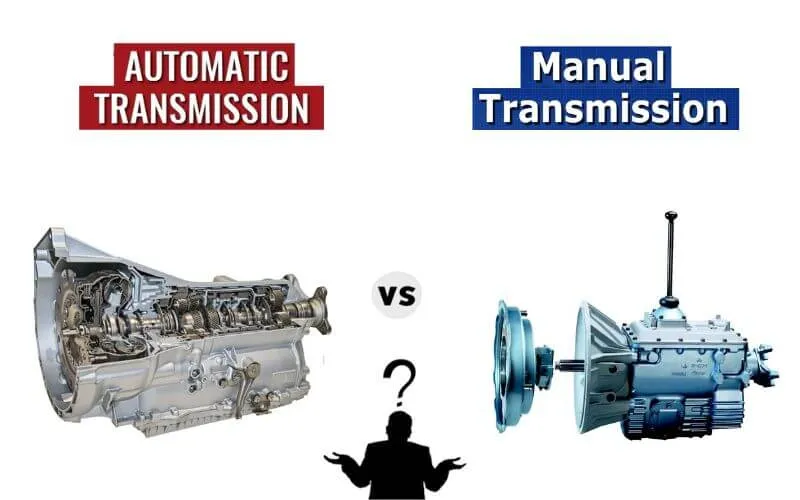The Main Differences Between Automatic and Manual Transmissions – A car’s transmission system consists of the gears in a vehicle and the mechanisms that let those gears shift. Gears control the power output of the engine and the vehicle’s speed.
Table of Contents
Differences Between Automatic and Manual Transmissions
There are two main categories of transmission systems: automatic and manual. Many people wonder which is better, which makes for a better performance transmission, or which is more costly to repair in the long run. Here’s a beginner’s guide to the differences between automatic and manual transmissions.
What Is Automatic Transmission?
Automatic transmission systems shift the gears on their own. They don’t require you to do anything as a driver to change gears. These vehicles have a stick for the driver that switches between drive, park and reverse, but there are no options for individual gears.
Most American cars manufactured after 1990 feature automatic transmission systems. Remanufactured transmissions — new standalone transmission systems that can slot into your car — are almost always automatic.
What Is Manual Transmission?
Manual transmission systems don’t change gears on their own. Instead, you have to move a stick in the middle of the console to put the car in gear and shift to different speeds. Manual transmission is commonly called “stick shift.” Driving a manual requires time and training if you’re used to automatic transmissions.
Manual transmissions went out of style around the 1990s, but some new cars are still available with manual transmissions. Usually, sports cars have manual transmissions, as “driving stick” gives the driver fine control over speed and acceleration.
What Are the Advantages and Disadvantages of Automatic Transmissions?
Automatic transmissions are easier to drive than manual ones. Automatic takes shifting gears out of the driver’s hands, allowing them to focus on the road, other cars and steering. These systems are also designed to pick the optimal gears, so they are often more fuel efficient and smoother to drive than manual transmission vehicles.
One disadvantage of automatic transmissions is that they’re more complex mechanically. This means a higher upfront cost as well as higher repair costs. Replacing an automatic transmission costs several thousand dollars and is one of the most expensive car repairs.
What Are the Advantages and Disadvantages of Manual Transmissions?
Some drivers prefer manual transmissions because they have more control over the vehicle. Others find manual transmissions more fun and engaging to drive. The most common repair on a manual transmission is replacing the clutch, a gear that engages the car’s engine. This repair commonly costs a few hundred to one thousand dollars.
The disadvantage of manual transmission is that it requires skill and attention to operate. Many people struggle to learn this skill and stall out often when learning to drive stick. The road is full of distractions, and a stick shift is one more task to complete while driving. While the cost is lower upfront, accidents can cost you down the road in repairs and replacement body panels.
Which Is Better, Automatic or Manual?
Some people prefer automatic transmission, while others swear by manual. The best transmission comes down to personal taste and individual needs. For an easier driving experience, choose automatic. For a challenge and more control over your car, go with manual.


